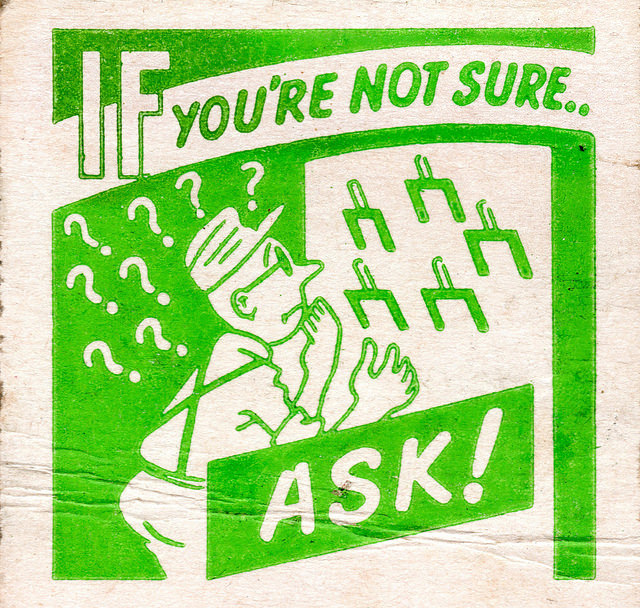Contrary to what most of us may believe, drugs that are FDA-approved may be unsafe and even dangerous in a range of ways. A Health Affairs article by Donald Light explains why hundreds of new FDA-approved drugs are harmful or ineffective and proposes policy reforms that would help ensure that the FDA only approves safe drugs and drugs that add value.
Prescription drugs are the fourth leading cause of death in the U.S. Based on past studies, one hundred thousand (100,000) people die each year from adverse drug reactions. Moreover, prescription drug use leads to more than 2.2 million hospitalizations each year from adverse drug reactions.
The FDA recognizes that every new drug can cause harm, but it approves drugs that pharmaceutical companies can show deliver some benefit. Indeed, the FDA approves drugs when there’s evidence at best of a slight benefit to a small test group, and without balancing this slight benefit against risk of harm. Women, older people and people with disabilities are most at risk because drugs are often not tested on these subpopulations, yet the FDA approves them for use on everyone.
So, FDA-approved drugs may appear safer than they are. Unlike other countries, the U.S. does not have an independent team assessing FDA-approved drugs for patient safety and effectiveness. Outside the U.S., national reviews of new drugs find that about 90 percent have few or no clinical advantages over existing drugs. They are essentially minor variations to justify new patents and protect prices.
Prescrire, an esteemed independent review agency made up of doctors and pharmacists, found that in the ten years between 2002 and 2011, 918 of the 979 newly approved drugs offered little or no benefit over drugs already on the market. Only two drugs were regarded as breakthrough. And, strong warnings that come with these drugs suggest a one in four chance that they will cause serious harm.
U.S. prescription drug and patent policy gives pharmaceutical companies the incentive to develop me-too drugs–new versions of older drugs–rather than new drugs that can save more lives. It also allows them to conduct randomized trials, working with patients who are often unlike patients likely to take the drugs.
The FDA should be providing the public with unbiased, independent, scientific evidence that can be trusted demonstrating that an approved drug is safe and effective. The warning label is all it does to convey the potential risks, which the pharmaceutical company paying for the FDA review writes.
The FDA should also let the public know about harmful outcomes from clinical trials that are not published. Moreover, it should let the public know whether newly approved drugs offer clinical advantages over older drugs through comparative trials with the full range of patients who will be using the drugs. But, it cannot do so because it does not require the pharmaceutical companies to conduct these clinical trials.
Here’s more from Just Care:











I believe that FDA, etc practice; and people’s excessive use of substances, such as optoids; are a cause for the last 5 year leveling off of life expectancy in USA, with a downturn the last year.